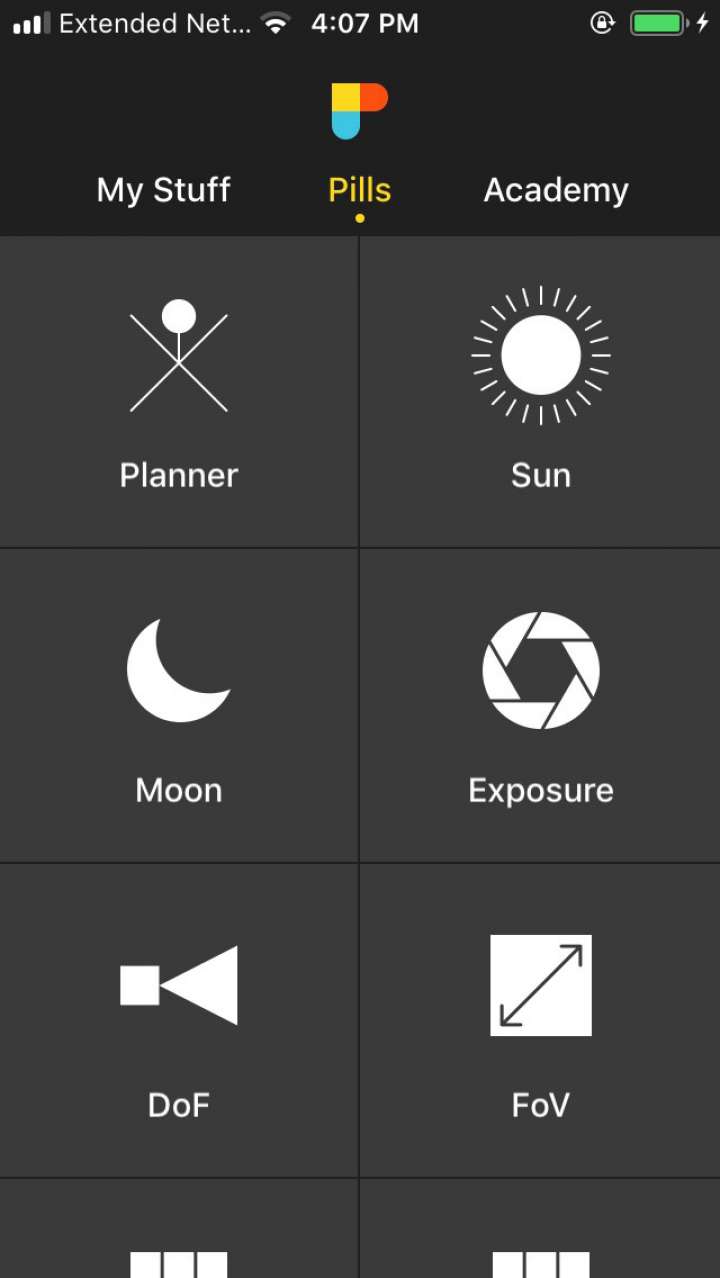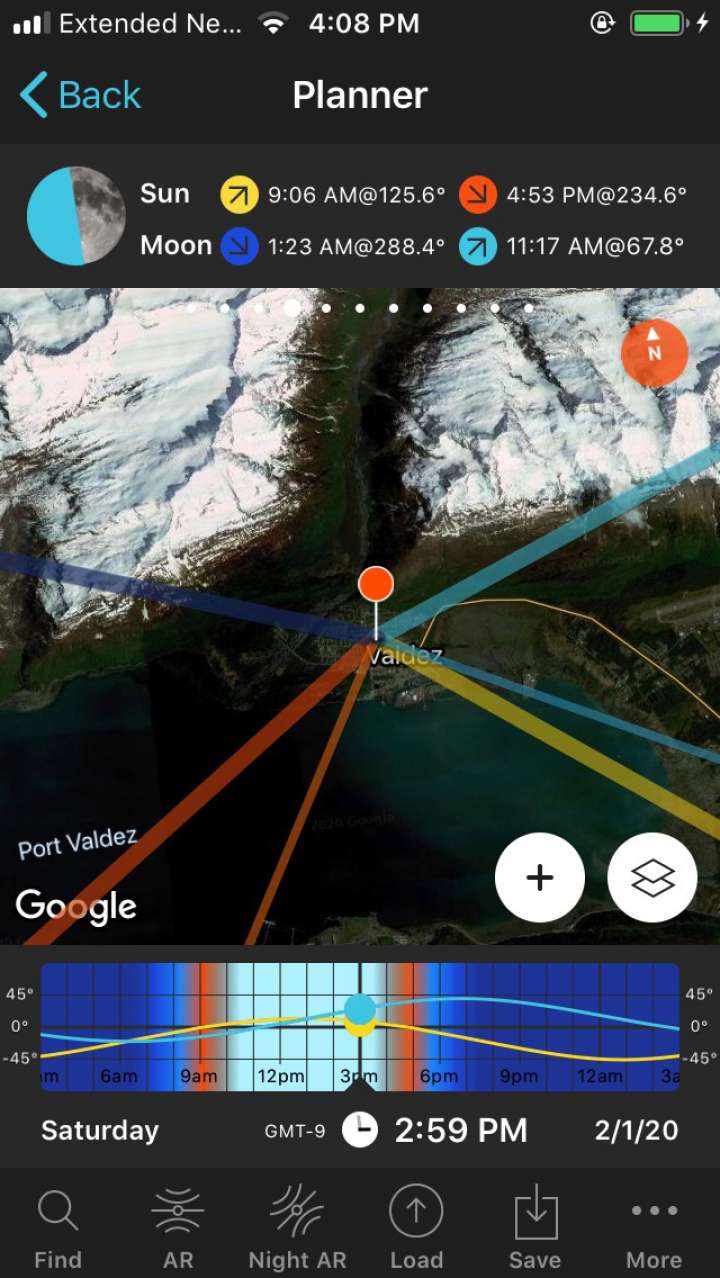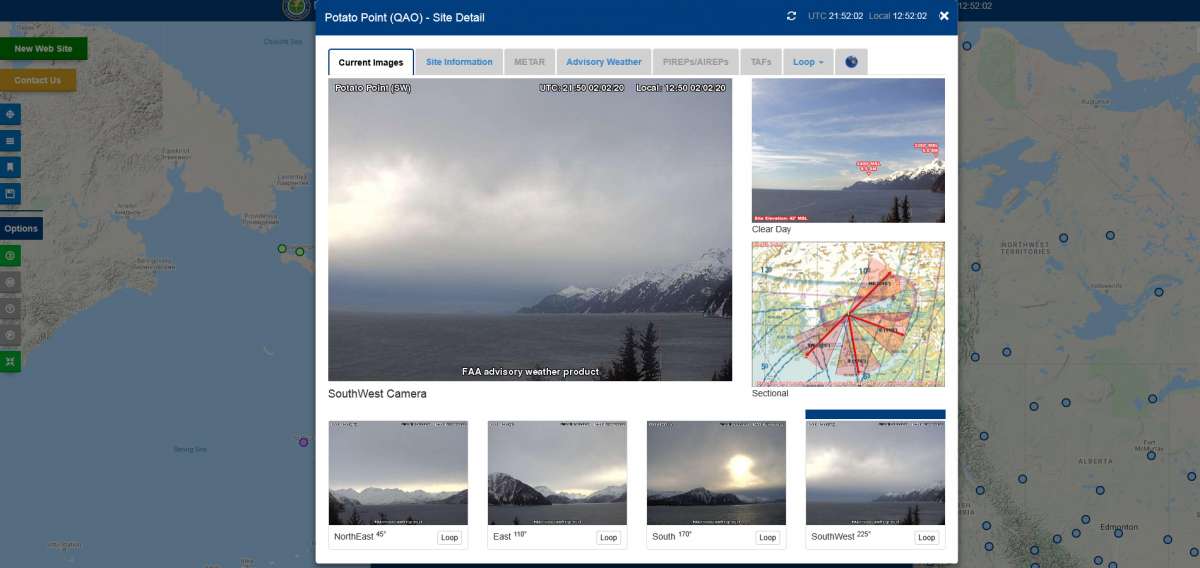As a landscape photographer, my favorite time to photograph is the golden hour. That hour or two (in summer) around sunrise and sunset where there can be an array of colors on the clouds. As long as it's not overcast, the three weeks surrounding winter solstice, the golden hour last nearly all day long. There are a few things I look at when going for a planned photo. First obliviously is what time sunrise or sunset is. Usually I have been paying attention and know sometimes it's been overcast or I've been busy with life and you can Google it, then if my shot is practically roadside I give myself about 30 minutes before that to get out there and get the shot setup. Some shots require a few hours of bushwhacking up a slope and need an additional hour built in to that for any assurance there's going to be a chance I'm in the right place in time.
A great little app I use when planning shots is called PhotoPills. It has a huge array of tools but the one I use the most is its Planner feature. You can drop a pin on a Google Map and it will tell you the sunrise, sunset, moonrise, and moonset. It will also tell you the phase of the moon and draw out exactly which direction they will be rising and setting from. That comes in handy when I want to align the moon or sun in Valdez Narrows or next to a particular peak. I know ahead of time where I need to be standing when it's time to release the shutter.


